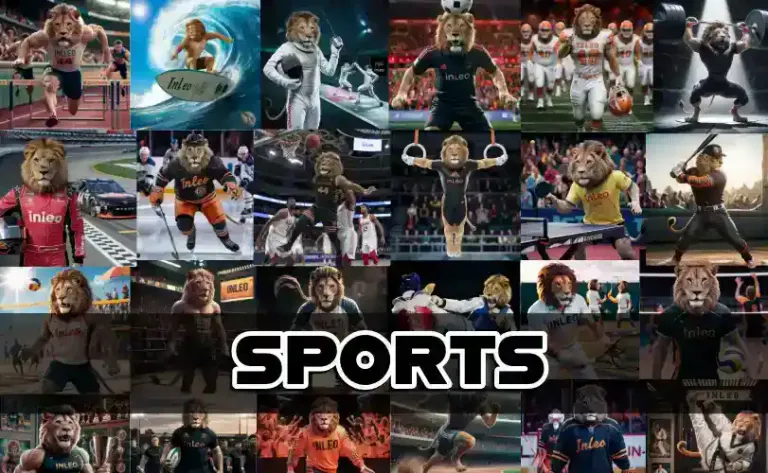Welcome to the daily sports #threadcast! Here we will discuss, follow and share all the news from the sporting world.
We want to make #inleo the premier destination for the #sports community by establishing the Leo platform as the hub for sports updates
Edition #176
January 4

!summarize #mlb #sandiegopadres #battingchampion
Hi, @taskmaster4450le,
This post has been voted on by @darkcloaks because you are an active member of the Darkcloaks gaming community.
Get started with Darkcloaks today, and follow us on Inleo for the latest updates.
!summarize #sports
!summarize #sports
!summarize #sports
!summarize #sports
!summarize #skysports
!summarize #skysports
!summarize #skysports
!summarize #passprotection #football
!summarize #shaq #nba #jimmykimmel #interview
!summarize #nba #trade
!summarize #nygiants #nfl #quarterback
!summarize #usc #trojans #football #college
!summarize #nfl #dallas #cowboys #washington #commanders
!summarize #jakealexander #packers #greenbay
!summarize #orioles #baltimore #angles #losangles #charliemorton
!summarize #losangeles #dodgers #mlb #korean
!summarize #losangeles #dodgers #freeagency
!summarize #nyyankees #trades #mlb
!summarize #michigan #baseball #facilities #college
!summarize #pga #mens #gold #majors #forecast
!summarize #markvientos #mlb #nymets
!summarize #nhl #winterclassic #ratings
!summarize #arizona #diamondbacks #mlb #history
!summarize #baltimore #orioles #mlb
!summarize #anthonydavis #lalakers #lebronjames #michaeljordan
!summarize #pittsburgh #pirates #mlb #rokisasaki
!summarize #mikepiazza #halloffame #mlb
!summarize #mikepiazza #nymets #mlb
!summarize #mikepiazza #nymets #trade #miami #marlins
!summarize #sports
!summarize #sports
!summarize #sports
Hi, @coyotelation,
This post has been voted on by @darkcloaks because you are an active member of the Darkcloaks gaming community.
Get started with Darkcloaks today, and follow us on Inleo for the latest updates.